On Oct. 9, 2022, Super Smash Bros Melee player aMSa, a Yoshi main, won The Big House 10. It was the first super-major tournament ever won by a Yoshi player. This monumental feat came after over 10 years of Smash Bros Melee competitive play from aMSa, and 10 years after Yoshi was officially ranked as one of the worst characters in the game.
This isn’t an isolated incident.
A 2021 survey placed Donkey Kong towards the bottom of the C tier, even worse than Yoshi, cementing public opinion that DK didn’t stand a chance competitively. In 2023, just two short years later and in the same 12 month time frame that aMSa Yoshi won his first super-major, Junebug, a Donkey Kong main, was ranked as one of the 50 best players in the game. Now, he sits at a comfortable 45 and uses Dr. Mario as a side character—another low-tier pick.
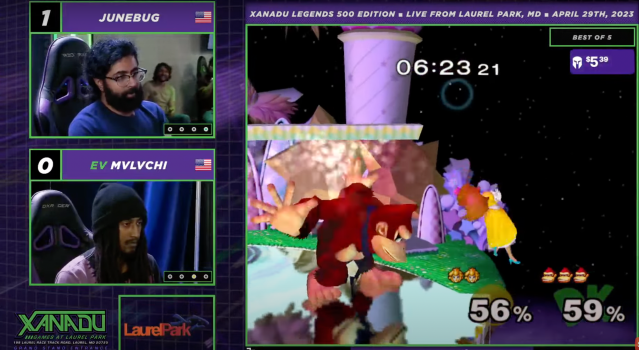
This has inspired more players to pick up Yoshi, DK, and other low-tier characters than ever before.
So what’s going on with Smash Bros Melee? Why, after two decades, is such a significant change happening in the competitive scene?
I think that Melee’s unique history and status in the world of competitive games caused its tier list to develop differently to every other fighting game community. This strange development led to the perfect storm for an upending of the competitive scene years later than the developers ever expected the game to be played, raising far-reaching questions about tier lists and the social fabric of competitive scenes. Questions like: “If this game’s tier list can change so drastically after such a long time, what would happen to the tier list of my favorite game?”
Melee’s scene went through a strange period of development, which happened for three main reasons.
The first is that Melee has stuck around for a long time. Though its popularity has somewhat tapered off as new games and sequels came around, its competitive scene has outlasted two sequels and one fan-made mod that gained competitive prominence.
The competitive scenes for Smash Brawl, Smash 4, and Project M have fallen to dust, while Melee remains relevant along with Smash Ultimate, the newest release. If history is anything to go by, it’s likely that after the sixth Smash Bros game comes out, Ultimate’s scene will die, and Melee will continue to stick around. Melee’s longevity and tenacity gave its tier list a chance to mature and evolve in a way that most don’t get to.
The second reason for Melee’s unusual evolution is that the competitive scene was never supported by Nintendo. Unlike other esports like Dota 2 and League of Legends, or even other fighting games like Tekken, the Melee community has seen little support from the developers. Nintendo remains openly hostile to competitive scenes, which left the Smash Bros scene on its own with significantly less money in its pocket than others.
This led to the Smash Bros scene developing a punk rock DIY ethos, displayed in the famous documentary The Smash Brothers. Promoters set up early tournaments in houses and community centers with no sponsors and little to no cash prizes; competitors car-pooled and slept on couches, sometimes sleeping in the very same rooms they competed in. This influenced the Melee community to develop into something of a scrappy, hardcore, cliquey, cool scene that many more lucrative games don’t have.
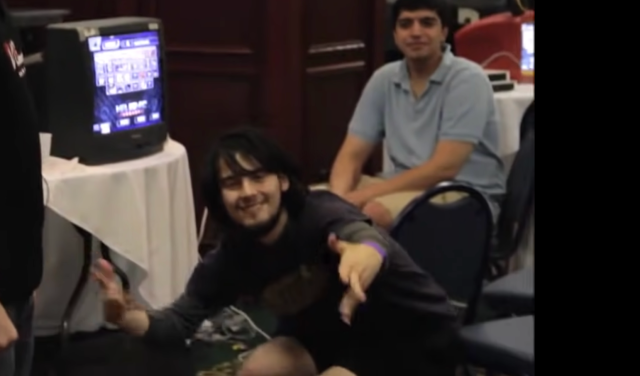
The third reason is that Melee is a product of its time. Released in 2001, the developers of Melee have no way to patch the game—balance updates are out of the question. A dinosaur in the modern world, Melee’s competitive scene has learned to trudge through stagnancy and consistency.
These factors make aMSa and Junebug’s feats strange and impressive, but they also raise questions about tier lists and competitive scenes as a whole.
People are now seriously reevaluating the value of DK and (especially) Yoshi. A tier list published just 7 months ago by god-of-the-game Hungrybox ranked the character at the top of his “high” tier, just below Jigglypuff and just above Captain Falcon, Peach, and Ice Climbers—who have remained high-level competitive threats for over two decades.
Some people chalk up aMSa’s success to a perfect storm of remarkable personal talent and a community unfamiliar with his matchup. This is a safe line of thinking that keeps our perception of tier lists intact: that Yoshi remains a bad character that aMSa pushed to the limit due to a combination of dedication and familiarity. It implies aMSa succeeded for every reason except for Yoshi’s strengths.
But follow me on another train of thought. Early on in the game’s competitive history, this niche, hardcore, and often cliquey community rallied around certain characters like Fox, Sheik, Falco and Marth because they (often rightfully) were perceived as the best characters in the game.
Players of these characters developed unique strategies and training styles, working on specific tech skills and sharing what they learned with others. They talked extensively on forums and watched countless YouTube videos to learn how to perform specific combos. They bought special copies of the game to track their accuracy in practice. They went to each others’ houses to test out their Foxes, Sheiks, Falcos, Puffs, Falcons, Icies, and Marths. All of this while Yoshi, a character thought to be one of the worst in the game, went unused.
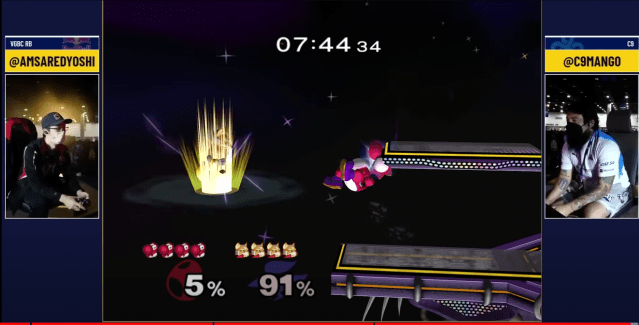
Yoshi always had tactics like egg-stalling tactics that aMSa discovered, that could have been uncovered by any other person who put the time and work in. Now, anyone can learn them if they try hard enough. For years, players practiced tactics like waveshining, shinegrabbing, and L-canceling, while Yoshi’s unique tactics rotted away at the bottom half of the tier list.
What if aMSa had been born earlier? What if he arrived on the scene in 2006 with pioneers like Ken and Isaiah and Mew2King and Mango? What if he showed early on just how well the character could perform before the standards of the community were set in stone—in an earlier stage of the game where anything felt possible? What if he inspired tons of new players to pick up Yoshi as their main back in 2007?
Or what if Nintendo had given Smash Bros their support? What if players had housing and significant cash prizes and were celebrated as heroes the way Counter-Strike players are? Would players have had more time to experiment and explore with new characters?
In a community where you have to win or place high to make any money at all, of course you’re going to stick with the safe bets, with what those friends you’re huddled into a room with are suggesting. But what if those with the money cared about making a dynamic scene? Would a player like Abate, legendary Luigi main who placed top eight at a super major back in 2015 have quit—or would he have had the support to continue and push Luigi as far as aMSa pushed Yoshi? Would Axe have won a super major earlier? Would the competitive scene see more Luigis, Yoshis, Pikachus, even Donkey Kongs scattered throughout the sea of local foxes?
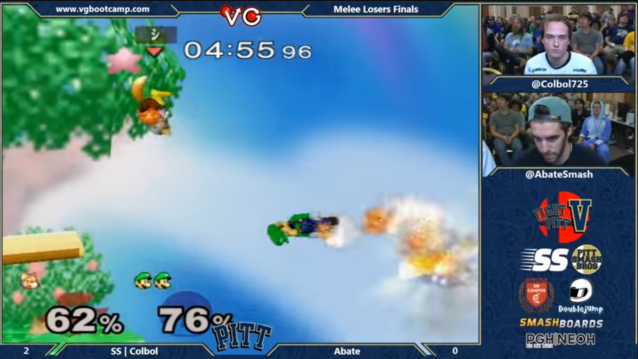
All of this is to say that I believe the uniqueness of Melee serves as evidence that tier lists are more socially constructed than most players would like to believe. What seem like brilliant tacticians objectively analyzing the best weapons to use on the battlefield may instead be flawed competitors doing their best to draw roadmaps with their limited tools.
This isn’t uniquely a Melee phenomenon either: The saga of the Krieg in CS:GO is a similar story of material conditions affecting tier lists, with players not realizing that the gun was one of the best in the game until its price was lowered and more people got the chance to play it.
That said, after 20 years, it seems like the Melee community is finally free. The numbers aren’t available, but a quick look at Reddit, YouTube, and the growing results of low-tier mains makes it seem like Melee players are experimenting with new characters at the highest rate since the game launched.
Melee’s tier lists are tough to track, but they’re also tier lists in their purest form. The game is old, so the discovery of new tactics is significant and rare. The game has no patches, so every change represents a change in the community, not something the developers’ end. And the competitive scene has no support from above, so when it rallies behind something—as cliquey, hardcore, and DIY as it might be—you know it’s the real thing.


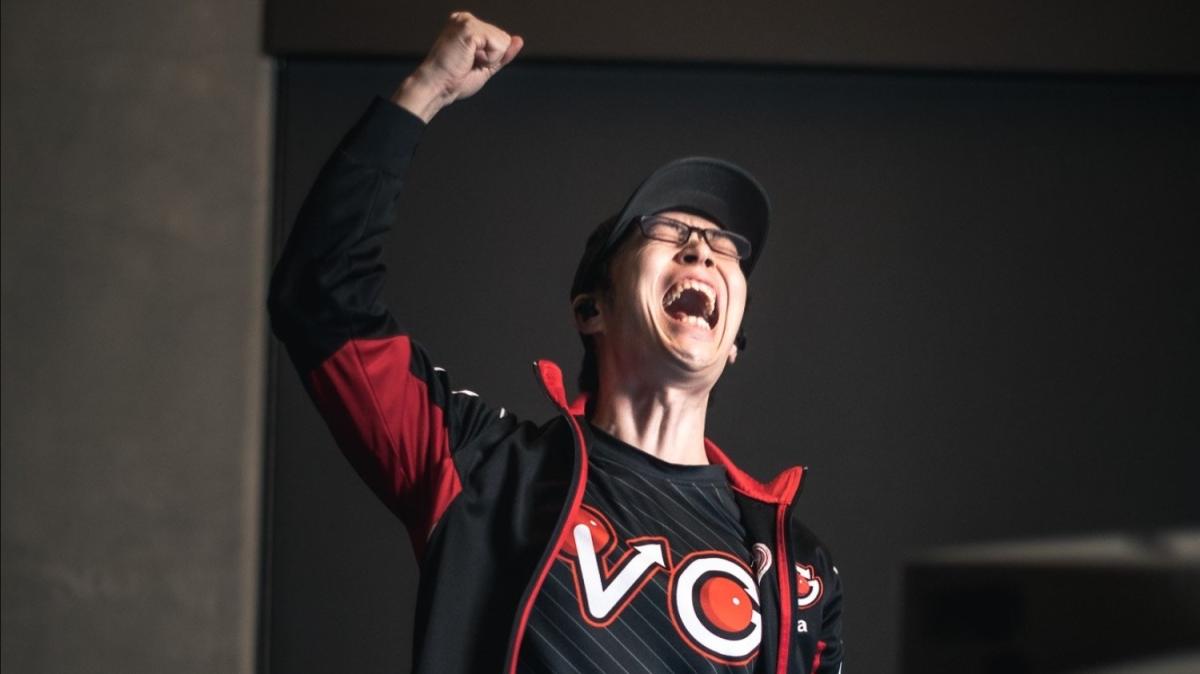
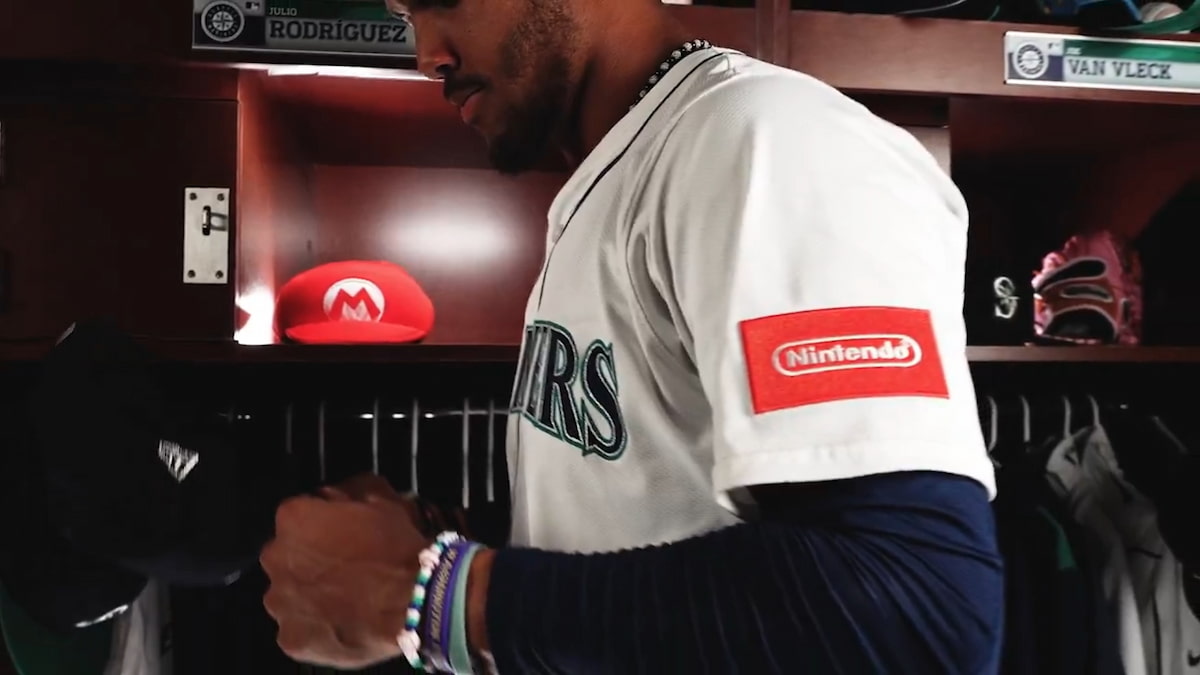
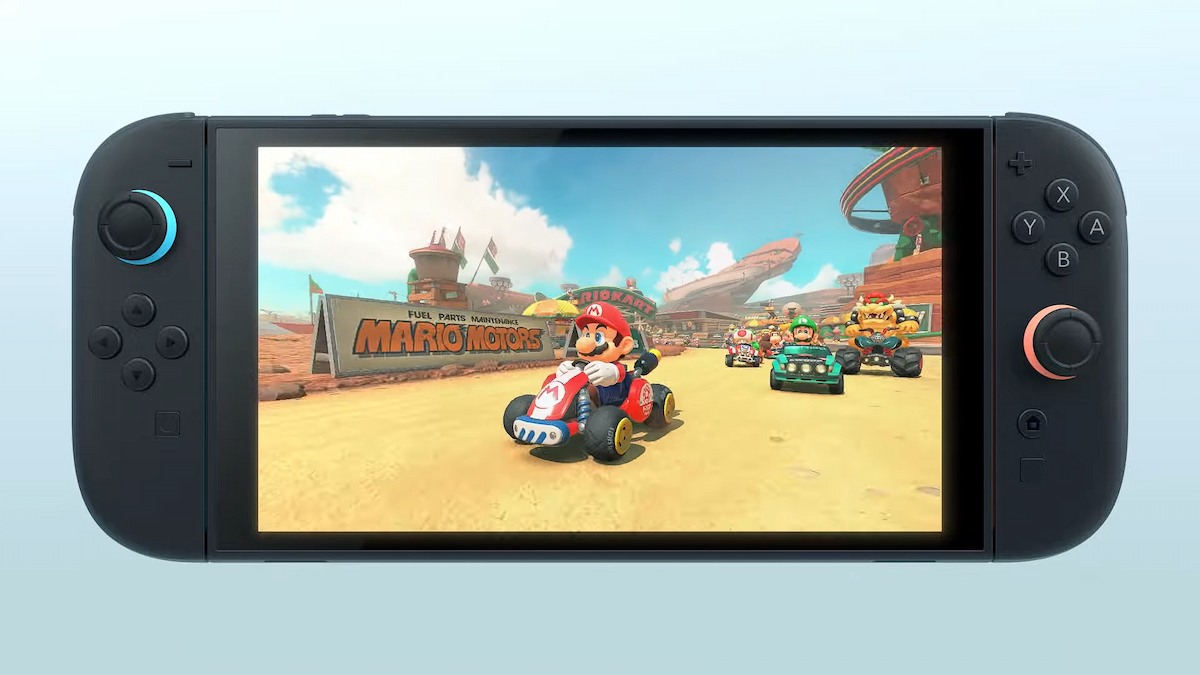
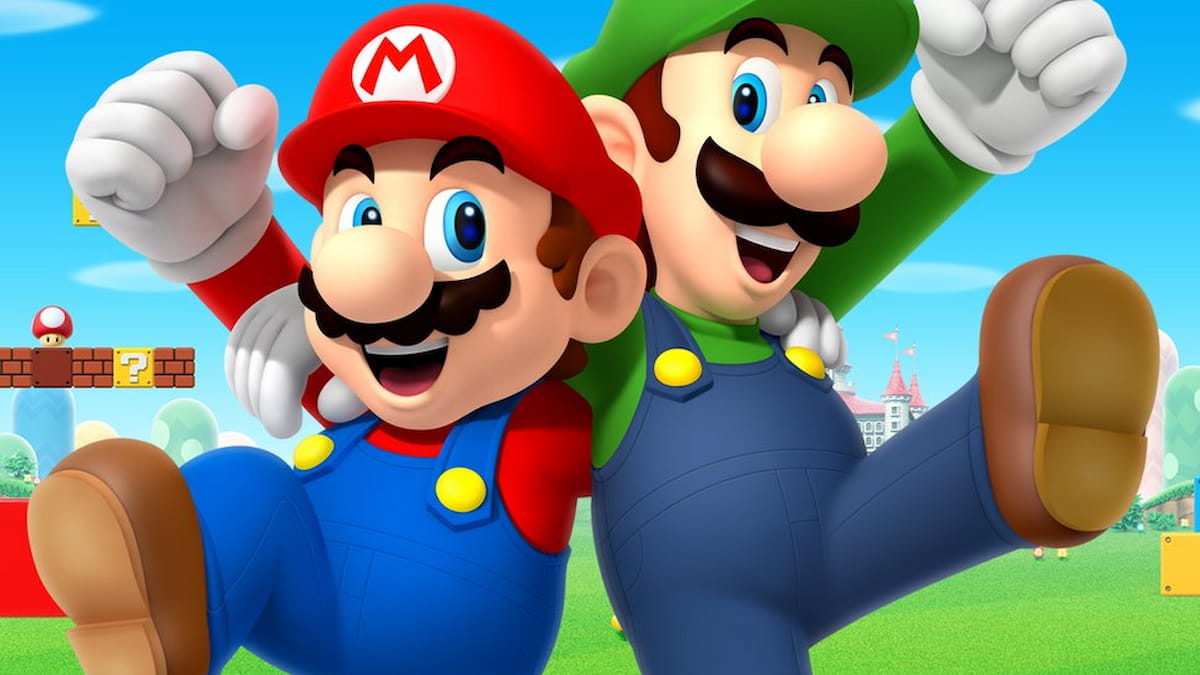
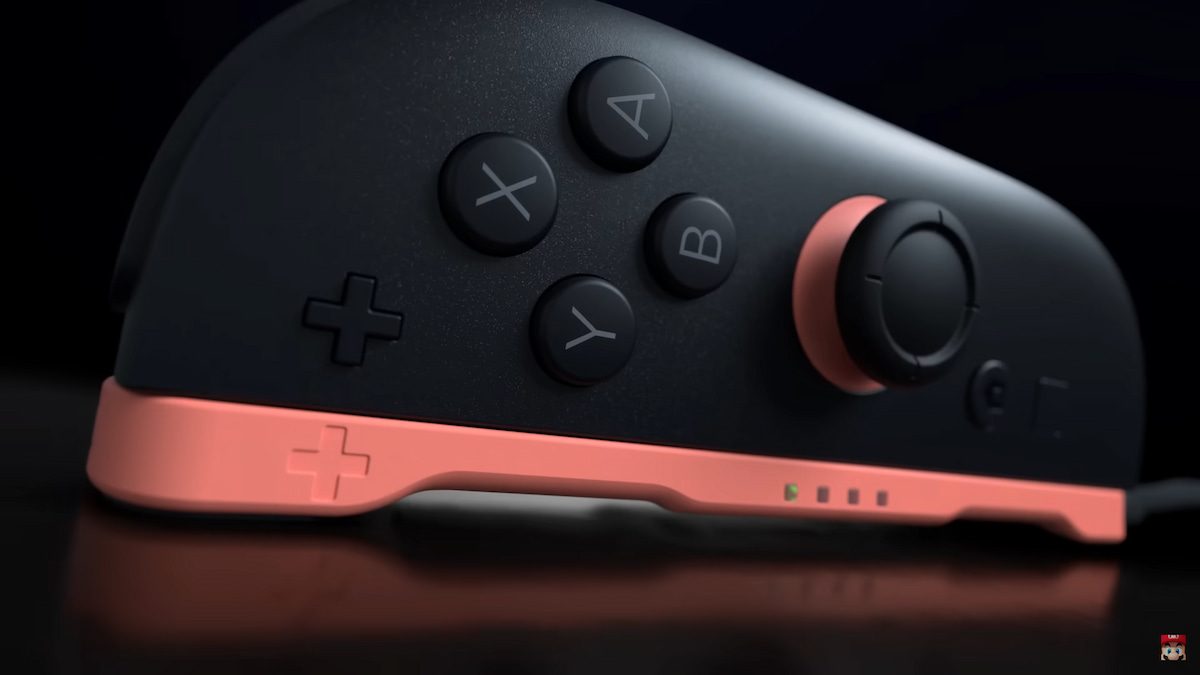
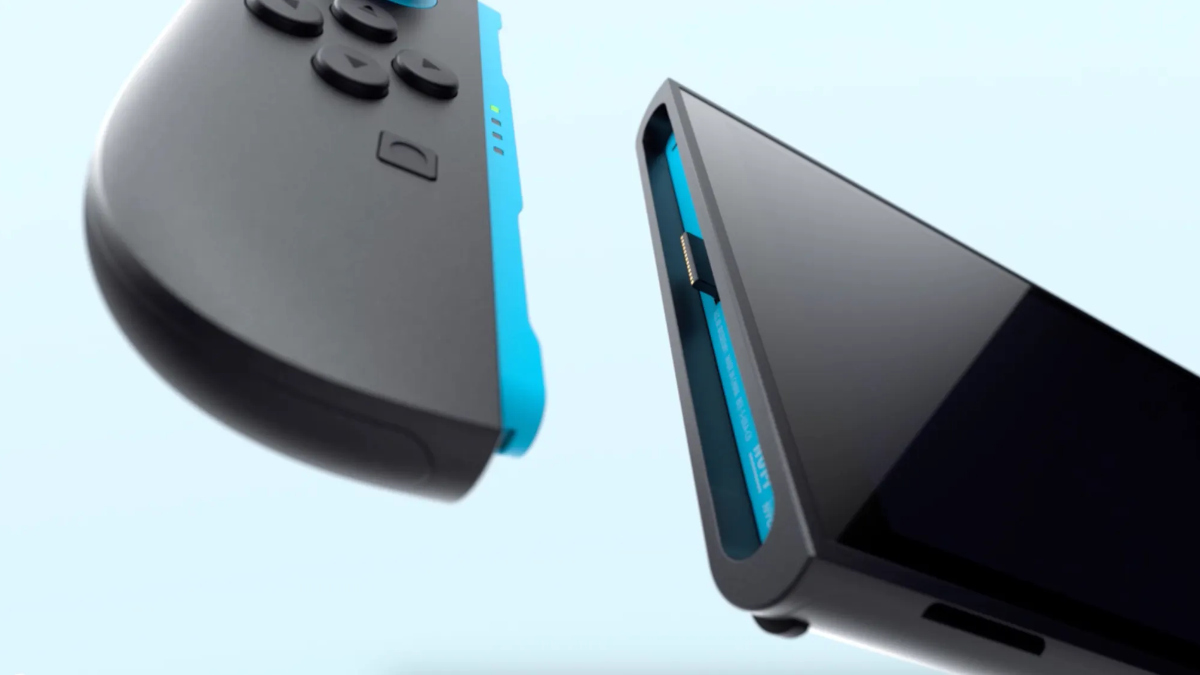
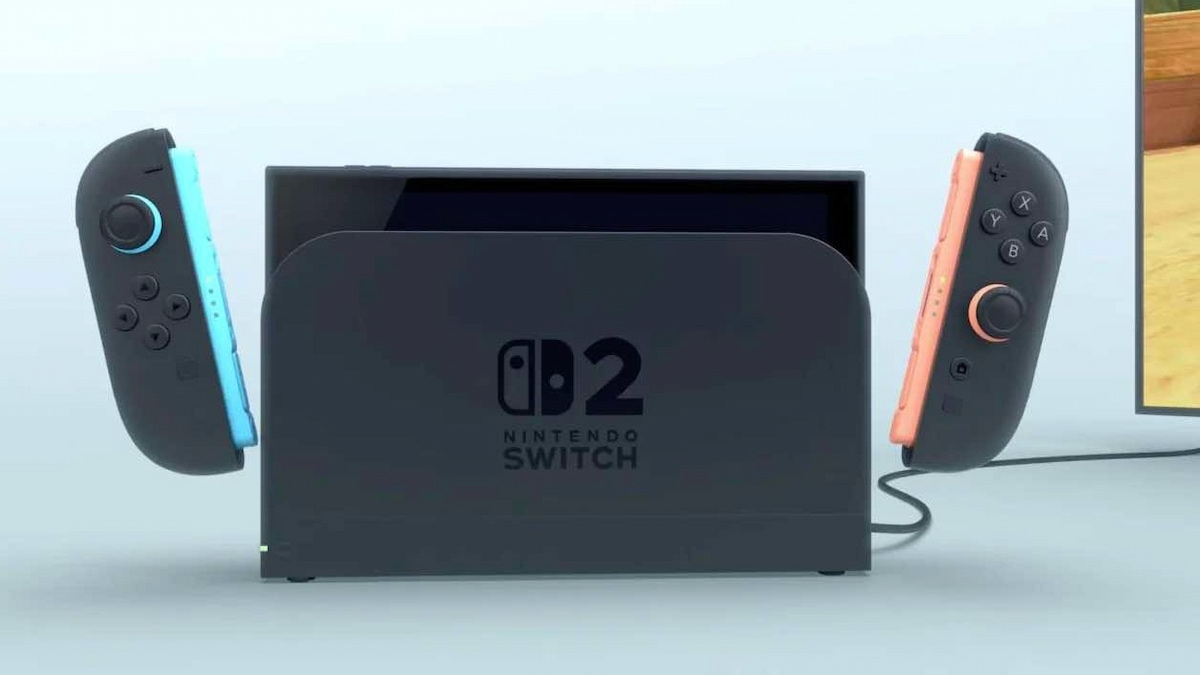
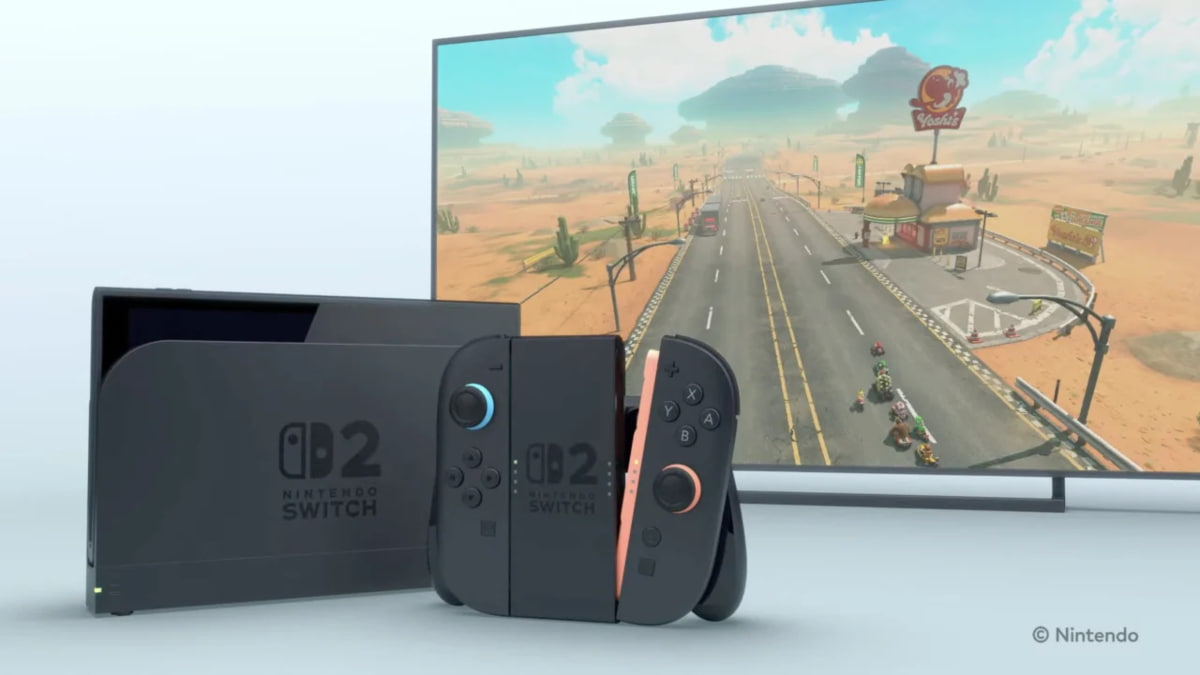
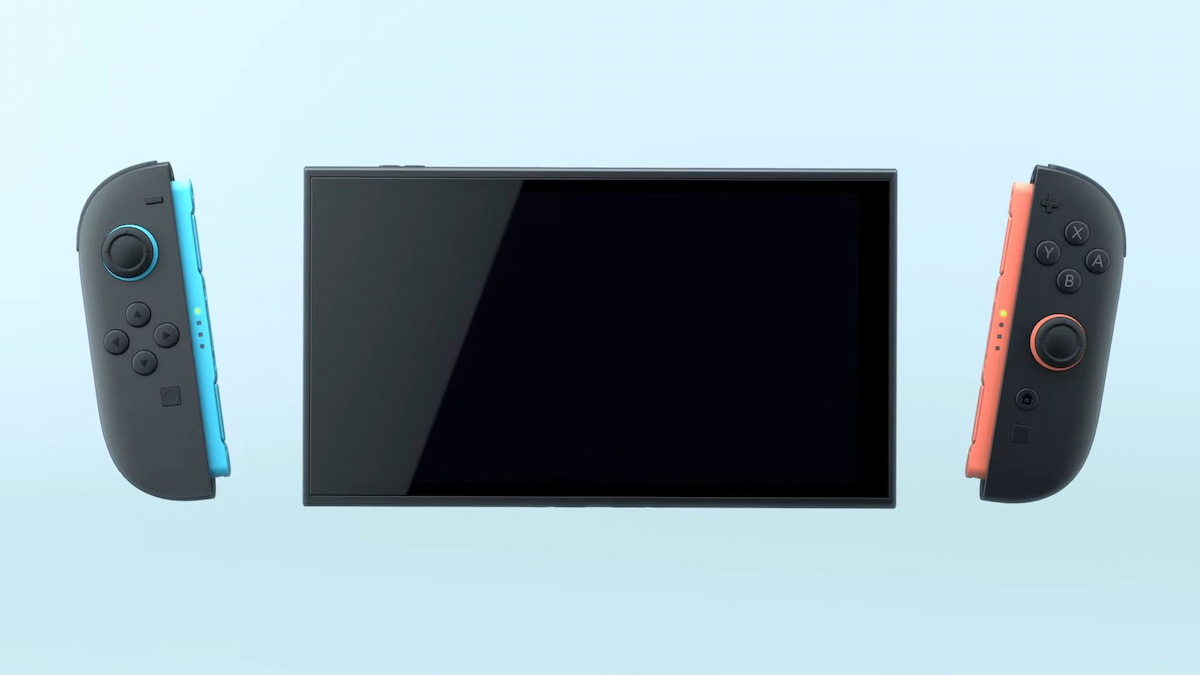
Published: Sep 30, 2023 07:07 am